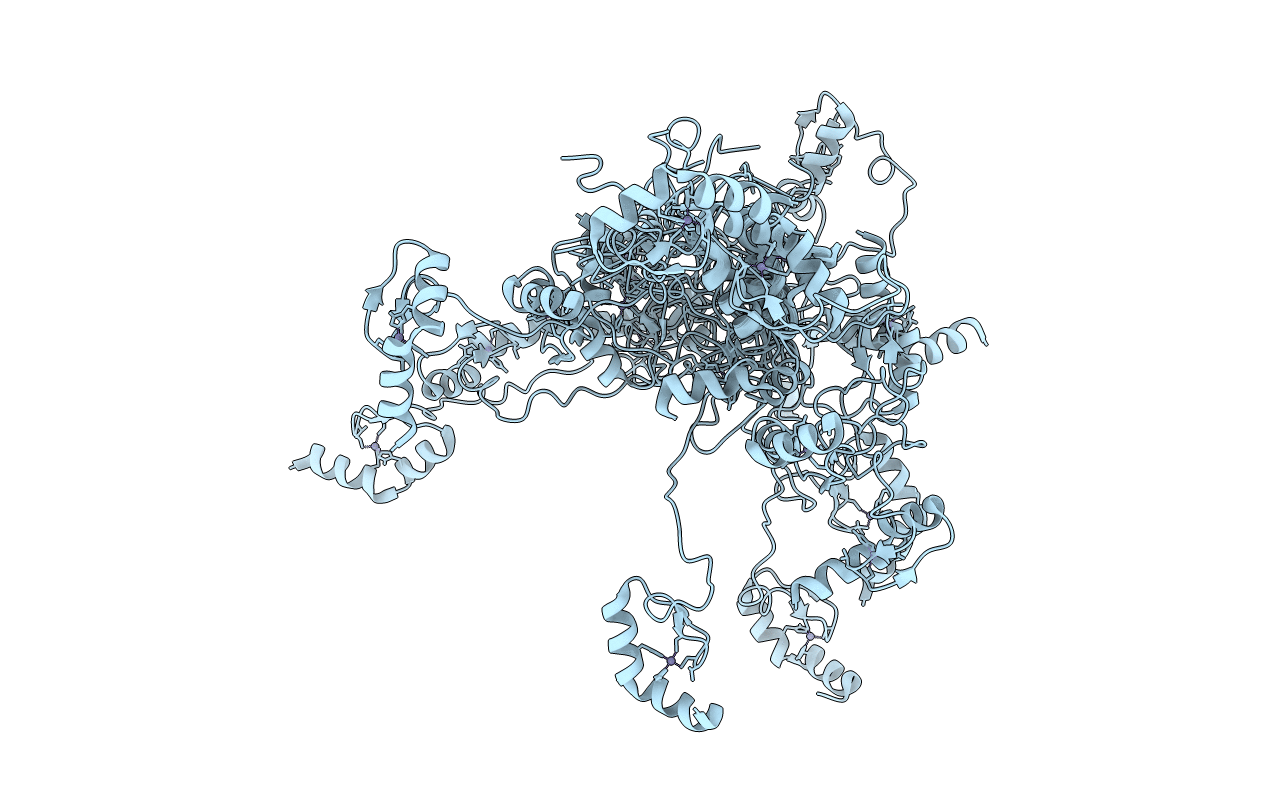
Deposition Date
2005-05-29
Release Date
2005-09-20
Last Version Date
2024-05-22
Entry Detail
PDB ID:
1ZU1
Keywords:
Title:
Solution Structure of the N-terminal Zinc Fingers of the Xenopus laevis double stranded RNA binding protein ZFa
Biological Source:
Source Organism:
Xenopus laevis (Taxon ID: 8355)
Host Organism:
Method Details:
Experimental Method:
Conformers Calculated:
50
Conformers Submitted:
20
Selection Criteria:
structures with the least restraint violations


